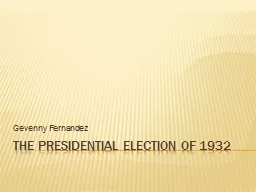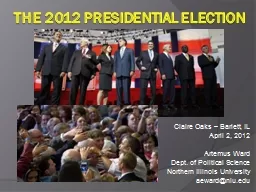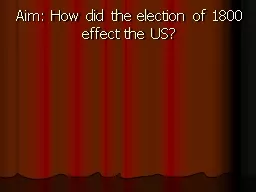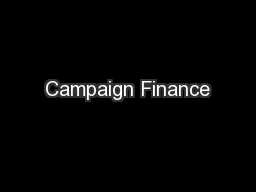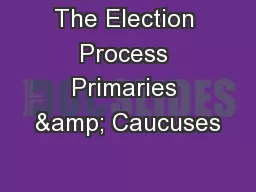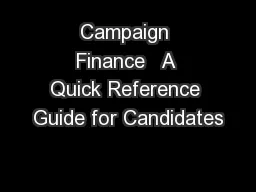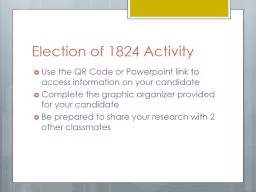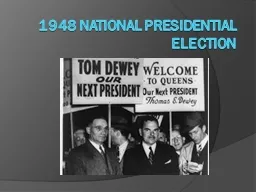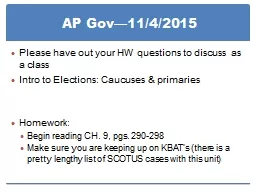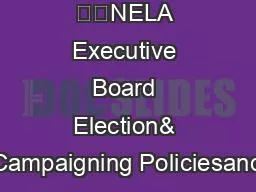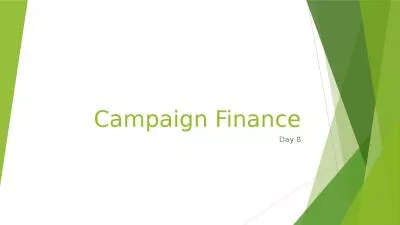PPT-Did Election 2016 Break Campaign Finance?
Author : pasty-toler | Published Date : 2017-05-30
Wesleyan Media Project PostElection Conference Prof Jennifer Nicoll Victor Schar School of Policy and Government George Mason University jennifernvictor December
Presentation Embed Code
Download Presentation
Download Presentation The PPT/PDF document "Did Election 2016 Break Campaign Finance..." is the property of its rightful owner. Permission is granted to download and print the materials on this website for personal, non-commercial use only, and to display it on your personal computer provided you do not modify the materials and that you retain all copyright notices contained in the materials. By downloading content from our website, you accept the terms of this agreement.
Did Election 2016 Break Campaign Finance?: Transcript
Download Rules Of Document
"Did Election 2016 Break Campaign Finance?"The content belongs to its owner. You may download and print it for personal use, without modification, and keep all copyright notices. By downloading, you agree to these terms.
Related Documents


